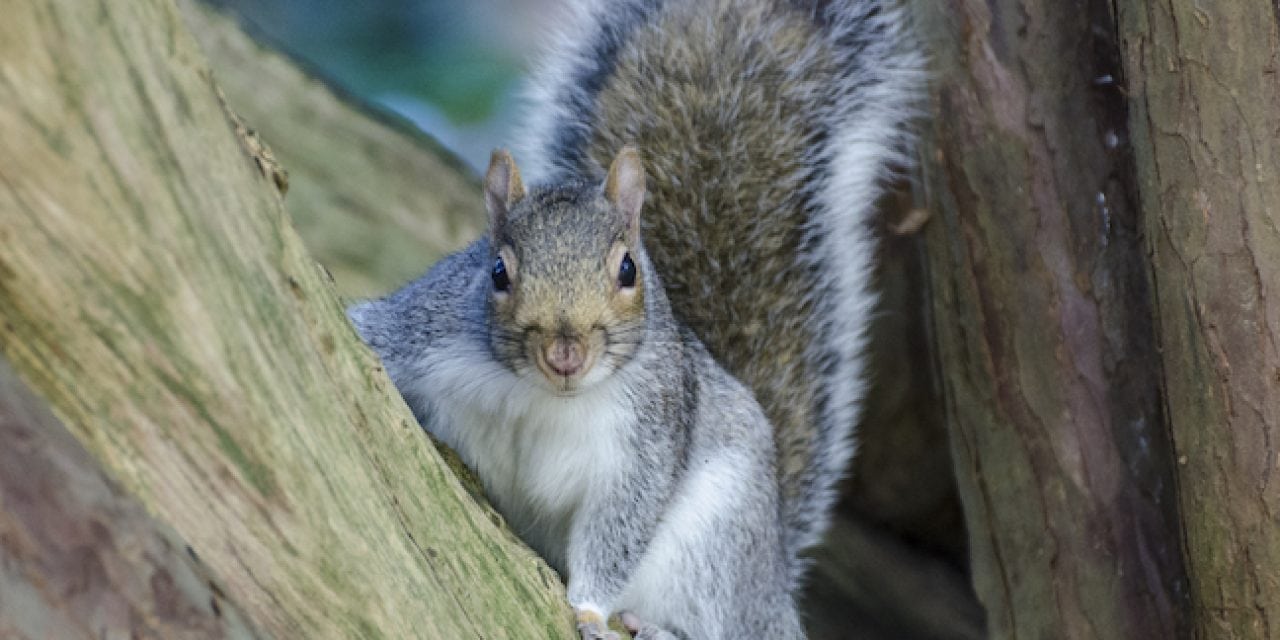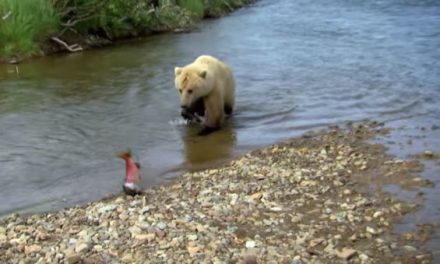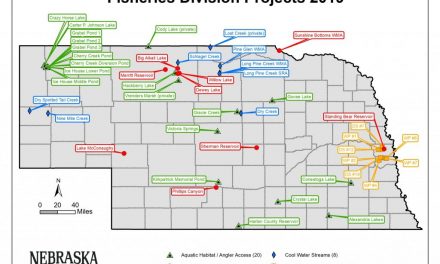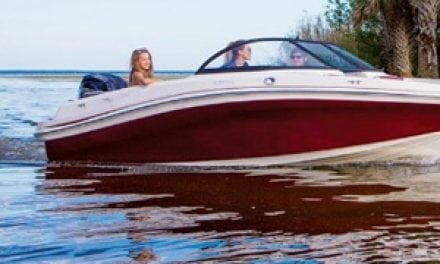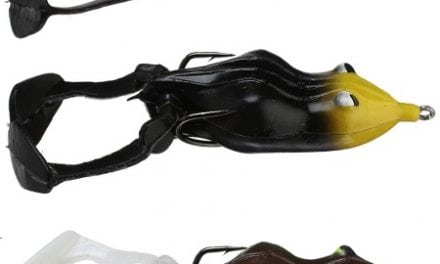It’s a great time for Mississippi and Louisiana sportsmen and women, as fall hunting and fishing opportunities abound throughout both states.
The days are getting shorter and cool fronts are beginning to make their way South: fall is here.
October may be the most anticipated month of the year for sportsmen and women across the Bayou and Magnolia states, with all sorts of game stirring and fish biting.
Given Mississippi’s and Louisiana’s vast amount of public land, including national forests, wildlife management areas, national wildlife refuges and public waters, the possibilities are almost endless in these two great states.
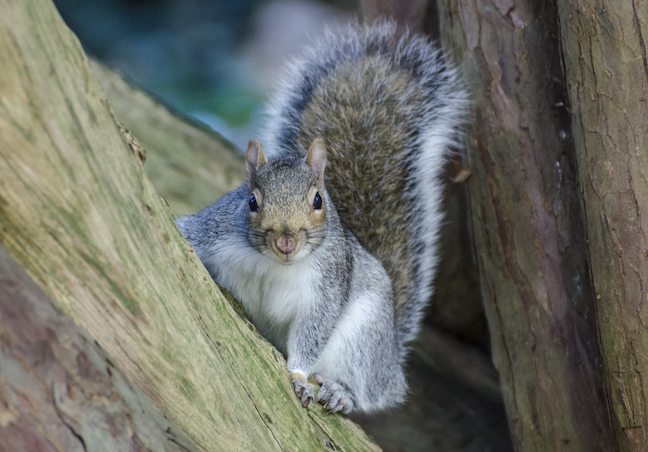
Fall squirrel hunting in Louisiana and Mississippi can be outstanding. (Shutterstock image)
SQUIRRELS
Louisiana is rich when it comes to squirrel hunting, with fox and cat squirrels throughout bottomland and upland hills in the state.
“We have over a million acres on our WMAs here in Louisiana,” said Steve Smith, operations program manager with the Louisiana Department of Wildlife and Fisheries. “I would start by steering hunters to four of our larger and more popular WMAs for squirrels.”
The big four are Russell Sage near Monroe, Boeuf in Caldwell Parish, Dewey W. Wills in La Salle Parish and Richard K. Yancy near Monterey. Smith says he would probably throw Sherburne near Opelousas in that group as well. While all Louisiana WMAs have good populations of squirrels, these are recommended because they are located within the Mississippi Alluvial Valley floodplain and have huge tracts of bottomland hardwoods.
“It depends on where you are, and it’s highly variable, but in general our large bottomland tracts are primarily fox squirrels,” said Smith.
Another great thing about these five large WMAs is that they all have Small Game Emphasis Areas, which are specially designated areas on certain WMAs that allow small-game hunting with dogs confined to that specific area, while the remainder of the WMA is restricted to still-hunting only.
Squirrel hunters in northwestern Louisiana should also try Bodcau and Loggy Bayou WMAs. Bodcau has bottomland hardwoods, which run along the length of Bodcau Bayou, and creeks that drain into the bayou and are surrounded by upland areas of mature pine and hardwood. Loggy Bayou is primarily bottomland, but has a wide ridge of upland areas located in the northwest portion of the WMA.
“There are some fox squirrels on Bodcau and Loggy Bayou,” said Jeff Johnson, wildlife biologist supervisor, “but cat squirrels are much more frequent than fox squirrels.”
Bodcau and Loggy Bayou receive a fair amount of squirrel hunting pressure on opening weekend, but it drops off rapidly thereafter.
West Bay and Clear Creek WMAs in western Louisiana are big areas of upland pines and are loaded with cat squirrels. Tunica Hills WMA near Saint Francisville is also full of cat squirrels but the terrain is very rugged.
On the other side of the Big Muddy, Mississippi hunters have more than 1.2 million national forest lands in which to pursue squirrels.
Hunters in the Delta region should look to the Delta National Forest for large areas of bottomland hardwoods or Malmaison WMA, which has two distinct landscapes of hills and floodplains.
Holly Springs National Forest in north-central Mississippi provides squirrel hunters with opportunities in upland hardwoods, pine forests and bottomlands. This 155,000-acre area is made up of two units — Holly Springs unit in the north and Yalobusha unit in the south.
DeSoto National Forest in south Mississippi is also a good place to try, with plenty of squirrels located throughout the pine ridges and hardwood bottoms. Boasting a little over 500,000 acres, hunters have plenty of area to chase a limit of squirrels.
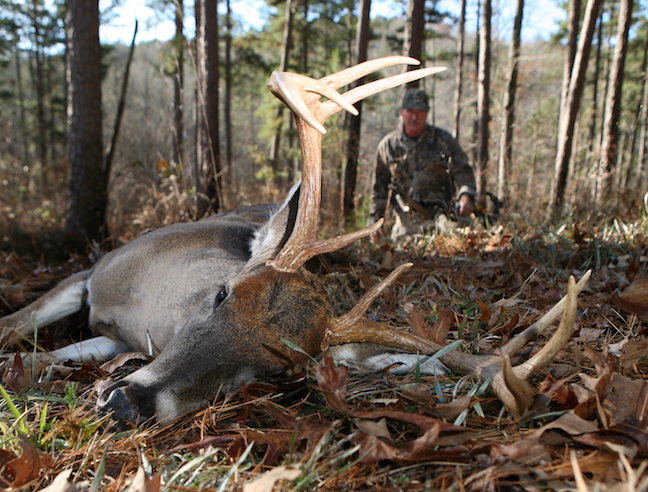
There’s no better time to go after deer with a bow than early fall. (Photo by Ron Sinfelt)
ARCHERY DEER
With October comes deer archery season in both Louisiana and Mississippi. There’s no better time to go after deer than early fall, as it’s a magical time of year when acorns are hitting the ground and greenery remains for forage before the first frost.
Deer are transitioning from summer feeding to fall feeding patterns, moving over to hard mast, mostly acorns, to store up much needed carbohydrates for the approaching rut.
According to the 2017 QDMA Annual Report, Mississippi is No. 1 in the nation for the second year in a row in harvesting mature bucks, with 77 percent of the total buck harvest being 3 1/2 years old or older. This, by itself, draws national attention.
Another thing getting attention is the number of big bucks being stacked up in the southwest corner of the state. Last season, a 182-inch monster was downed in Claiborne County and a potential state record was harvested on Canemount WMA. It was green scored at 205 inches before deductions and could break the previous typical record of 184 6/8 from Adams County. The Canemount buck is Mississippi’s biggest public land buck ever.
Homochitto National Forest is one of the best spots in southwest Mississippi. The forest is over 191,000 acres and has lands located in portions of Franklin, Amite, Wilkinson, Adams, Jefferson, Lincoln and Copiah counties.
One thing that is different on the Homochitto is that it is not one continuous tract of land. While it does have many large sections of land, most is broken up and intermingled with private lands. For this reason, hunters need a map of the forest, which can be purchased at the Meadville Headquarters or online.
There can be a great deal of hunting on Homochitto during firearms season, but during early fall and archery season, pressure can be non-existent in most areas.
There are a lot of hardwoods in the Homochitto, more than on the surrounding private lands for the most part. This plays into the strategies for an archery hunter in search of white oaks.
Although there are no conclusive studies of deer preference for fall foods, Dr. Marcus Lashley, MSU Deer Lab specialist on deer forages, has an opinion.
“I would rank persimmon first, chestnut second, then actually swamp chestnut oak, then white oak. White oak certainly should be viewed as a favorite food source because it is often the only one of those available.”
White oaks are prevalent on the Homochitto landscape and dominate the diet for whitetails during October. A good tactic is to hunt white oaks near bedding areas. With just a little scouting and smart hunting, archery hunters will be on top of the deer and find success in the Homochitto.
Lots of hunters from the Sportsman’s Paradise frequent Homochitto during the open firearms season. Louisiana archery hunters should consider doing the same, as there will be a lot less pressure on the deer and they’ll be more predictable.
Bowhunters not wanting to leave Louisiana are not without good options. Russell Sage, Boeuf, Dewey W. Wills and Richard K. Yancy WMAs are at the top of the list due to the vast tracts of hardwoods. A good tactic in these areas is to hunt fresh fallen nuttall oaks. A tactic that most archery hunters don’t think of is to target alligator weeds growing along ditches and waterways. Deer will feed heavily on these, especially before acorns start hitting the ground.
Buckhorn WMA is another good option. There has been some timber work done on the WMA and the understory is dense, cover for deer. The quantity of deer is on the increase at Buckhorn.
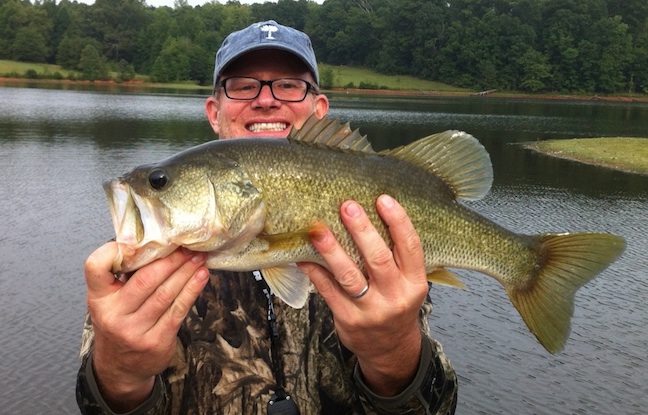
Both Louisiana and Mississippi have legendary fall bass fishing. (Photo by Scott Bernarde)
FALL BASS
Early fall is one of the best times of the year to be on the water chasing bass. As the temps cool down, bass become more active and move toward shorelines to feed. Lakes will also be less crowded, as many folks have headed to the woods for other outdoor ventures. Both Louisiana and Mississippi have some great fall bass fishing.
“Two places I’ve fished and done real good are Okatibbee Lake and Ross Barnett for fall bass,” said Mike Giles, Bass Pro Shops prostaff member.
Baits that work well for fall bass are fish shad-imitating lures, as schooling shad is the primary forage for bass this time of year. Soft plastics, crankbaits and swimbaits that look like shad also work, as do topwaters.
“Once water temps cool, they’ll go back to hitting topwater lures. It’s really one of my favorite times of the year to fish frogs on Okatibbee or Barnett,” said Giles. “I target the lily pads and try to find a mixture of grass and pads.”
Traditional black or white scum frogs, with a shad-colored belly work well for chugging across pads, as does the H2O Express frog. Any chug frog or a Poppin’ Kermy Frog with an open mouth is an excellent popper/chugger across open water near pads.
Lake Columbia is also another good location for Mississippi anglers. Giles also likes Caney Lake, D’Arbonne and Toledo Bend for Louisiana fall bass fishing hotspots.
“Sometimes if you catch it right on cloudy days, overcast days or days with a light drizzle, the bass will hit it all day long,” said Giles. “Just remember to keep your hooks sharp.”
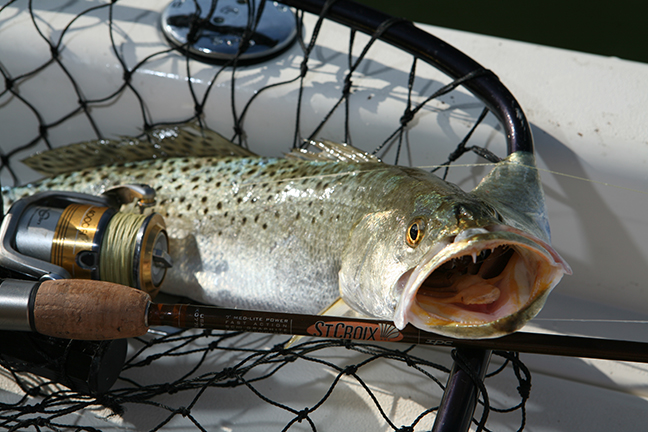
Mississippi/Louisiana speckled trout fishing in the fall. (Photo By Ron Sinfelt)
COASTAL INSHORE FISHING
Fall is prime time to go after speckled trout along the coastal areas. Targeting specks in the brackish waters of Mississippi’s and Louisiana’s marshes and rivers usually results in catches of redfish and flounder as well.
Try the Mississippi River in Louisiana around the Venice area, down to where it empties into the gulf.
“When the river level is low or normal, the speckled trout will transition into the river,” said Capt. Adam Lee, owner of Tight Spot Charters. “We target the specks in the cuts, in the passes or ahead of the passes.”
Lee primarily goes after speckled trout with live shrimp under popping corks. For flounder, he uses live bait on the bottom with Carolina rigs or popping corks in the fresh water diversion.
In Mississippi, try the marshes around Pascagoula and Gautier, as well as the Pascagoula River.
“You wouldn’t believe how far up the Pascagoula we catch speckled trout,” said Bill Farmer. “We catch them five miles inland, way up around Moss Point.”
Mississippi has a 15-inch length as the minimum limit on speckled trout. Because of the length limit, fall is the best time to catch quality fish as they transition inland to brackish water, according to Farmer.
Both Mississippi and Louisiana have plenty of places and great diversity of game for hunters and anglers. If you aren’t fishing or hunting in the early fall, you’re missing out on some of the best time and conditions of the year.
The post Fall Hunting and Fishing in Mississippi, Louisiana appeared first on Game & Fish.

